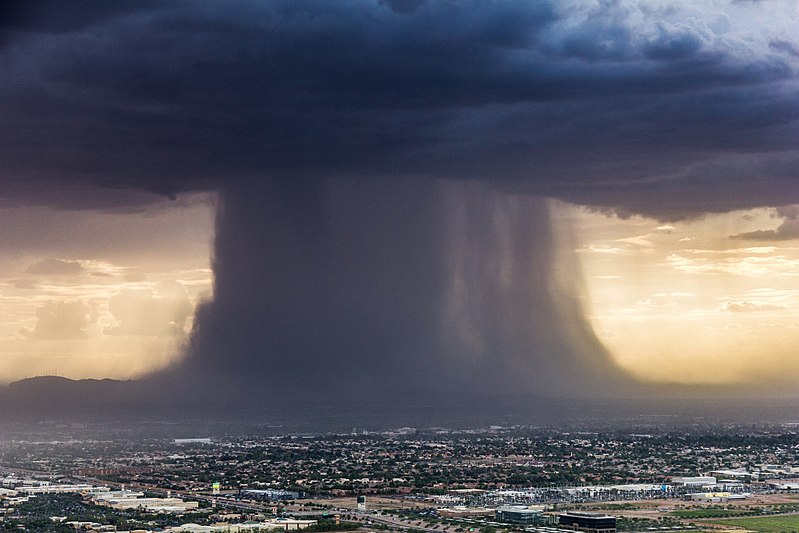Understand ‘Cloudburst-Like’ Intense Rain, A Common Phenomenon Happening In Pune

Understand ‘Cloudburst-Like’ Intense Rain, A Common Phenomenon Happening In Pune
27 June, 2024
The phenomenon of intense, cloudburst-like rain has become increasingly common in Pune. The India Meteorological Department (IMD) defines a cloudburst as an intense and localized rainfall of 100 mm or more within an hour.
Although the recent rainfalls recorded in Pune’s Chinchwad and Lohegaon areas didn’t reach this threshold, they came very close, registering 97 mm within an hour on June 23 and similarly intense rainfall on June 4. These events have raised questions about the increasing frequency of such intense rainfall in Pune.
Anupam Kashyapi, a former head of the IMD’s forecast division in Pune, explains that these incidents are due to the incursion of moisture over highly localized areas. While technically not classified as cloudbursts because the rainfall did not exceed 100 mm within an hour, these events are categorized as intense to extremely intense rainfall.
Kashyapi attributes this rainfall to the formation of cumulonimbus cells, which can extend over specific geographical areas. “Radar pictures show us the depth of the clouds, and in areas where the depth of the cloud is around 10-16 km, intense to extremely intense rainfall is reported. Thus, if the cloud cover is over Pune, intense to extremely intense rainfall will occur over areas where the cloud depth is more. In areas where the cloud depth is low, light to very light rainfall will occur,” he explained.
Chinchwad and Lohegaon experienced intense to extremely intense rainfall due to the significant depth of clouds in those areas. Kashyapi pointed out that this phenomenon is linked to the “non-textbook nature” of the current monsoon. With one of the two main currents of the monsoon being weak, rainfall has become erratic. “The present rainfall is more characteristic of pre-monsoon showers: bright daylight followed by evening rainfall. What is missing is the continuous rainfall associated with the monsoon,” he said.
Pune has recorded 13% excess rainfall as of late June. The district received 160.1 mm of rain, compared to the normal 141.9 mm. Most of this rainfall occurred during the second week of June, while the first week and the current week remained dry.
Kashyapi suggested that climate change is a likely cause of this erratic rainfall pattern. Factors such as increased vehicular population, rapid urbanization, and the overproduction of greenhouse gases contribute to these changes.
This intense rainfall poses significant problems, including flooding and damage to property and life. Pune has experienced severe flooding during such rainfall events. Unlike Mumbai, which has some infrastructure to manage localized floods and intense rain, Pune lacks the capacity to effectively handle these situations, according to town planners.
The IMD continues to monitor and analyze these weather patterns to better understand and mitigate the impacts of such extreme weather events on urban areas like Pune.









